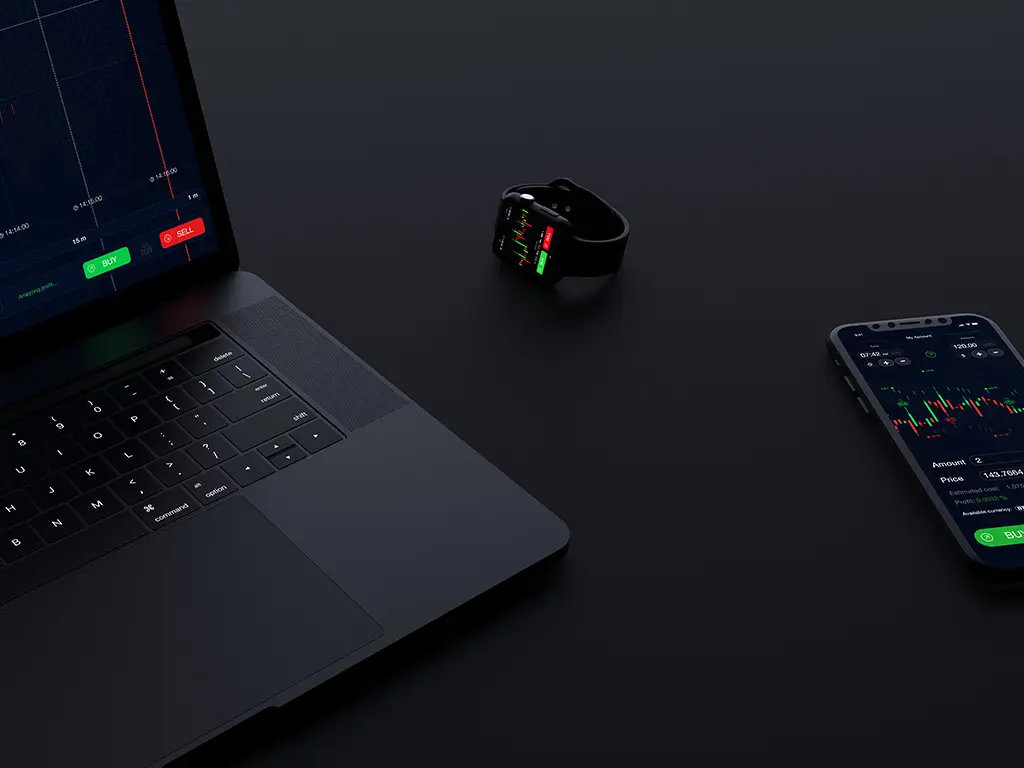Foreign exchange trading is a dynamic and fast-paced environment known for its appeal, with advantageous features like narrow spreads and ample liquidity. However, the very flexibility that attracts traders can lead to impulsive decisions. Adopting a more measured approach—gaining a comprehensive understanding of market mechanics, establishing risk management protocols, and refining strategies over time—often yields better outcomes.
Understanding the structure of the forex market is crucial. It operates as an over-the-counter network instead of a centralized exchange, involving banks, liquidity providers, and other venues that circulate prices continuously. Liquidity levels fluctuate in conjunction with the major trading sessions (Asian, European, and U.S.), with heightened activity surrounding economic data releases and central bank announcements. Traders must recognize that not all hours present equal opportunities; some are more volatile than others, and a strategy that doesn’t account for these variations is likely to falter.
Choosing a broker is a vital step prior to executing any trading strategy. The quality of execution, types of available orders, margin policies, and funding options are essential factors that require thorough examination. Despite seeming mundane, researching forex brokers can help avoid costly mistakes such as slippage and requotes. Understanding aspects like typical spreads during intended trading hours, applicable commissions, and the handling of negative balance protection can provide clarity, ensuring traders know what to expect when they need assistance.
The costs associated with trading go beyond mere spreads. These can include commissions, overnight financing, and the risks of slippage, especially in the wake of significant economic announcements. Utilizing meticulous tracking of intended entry prices, actual fills, and any deviations can provide insights into the true cost of trading. After trading a significant number of times, one will develop a clearer distribution of costs to factor into future planning.
Effective position sizing is critical to the success of a trading plan. A typical approach is to risk a small and fixed percentage of trading capital on each position, allowing for meaningful results while also permitting traders to endure losing streaks. Translating trade setups into risk units (R) can help provide a standardized method to evaluate different currency pairs and timeframes. It also aids in maintaining clear trading records, allowing for better post-trade analysis and decision-making.
When assessing performance, it is important to look at returns without falling prey to misconceptions. Performance metrics should be clearly defined and include considerations such as gross vs. net returns and the timeframe under evaluation. Consistently applying the same conditions—like start and end balances, and inclusion of fees—across performance reports creates a clearer picture. It’s often more insightful to evaluate rolling windows and risk-adjusted metrics than to focus solely on headline figures, as these can distort the true nature of one’s trading success.
A straightforward pre-trade checklist can keep traders grounded and focused. This checklist can explore market context—identifying whether the market is trending, ranging, or transitioning—alongside gauging economic catalysts that might affect trading conditions. Documenting exact entries, stops, and targets helps to clarify the trade plan, as well as establish position sizes based on calculated risks rather than instinct alone.
A limiting number of clear strategies often performs better than an ever-evolving set of complex tactics. Fundamental setups can include trend continuation and mean reversion strategies that can be applicable in varying market conditions. Each strategy should have specific rules for identifying valid setups, determining cancellation criteria, and defining quality entry points. Simplicity in indicators, using only those that measure essential aspects such as momentum or volatility, can lead to more effective decision-making.
Awareness of timing is another essential component. Economic calendars are beneficial not only for seasoned professionals but for all traders to avoid periods of increased spreads or decreased liquidity. Having a predefined approach for how to manage trades around significant announcements can smooth out results over time.
Maintaining a trading journal does not have to be a burdensome task. A streamlined journal capturing essential information—like trade entry points, management, and exit conditions—combined with the recording of a few key metrics, will provide valuable insights without the hassle of extensive documentation.
Drawing from previous experience, understanding that drawdowns are an inherent part of trading can inform one’s strategies and expectations. Being prepared to adjust position sizes during these phases is crucial for staying solvent and capable of pursuing profitable opportunities in the long run.
Ultimately, the path to successful trading is straightforward yet unexciting, involving consistent practices such as managing risks effectively, verifying costs, and simplifying one’s approach to strategies. The market favors consistent, well-reasoned decisions over perfect predictions, and sound trading principles can lead to compounding success over time.


